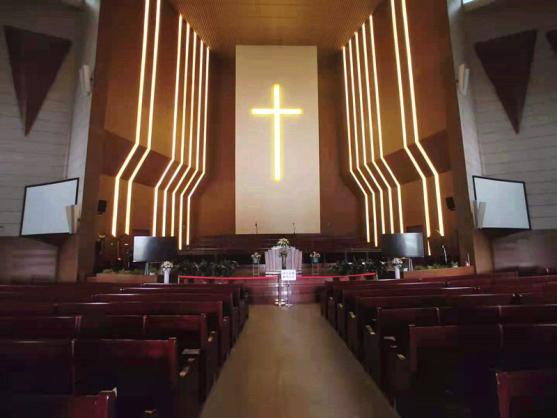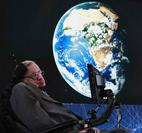In Jewish social cognition, the holy temple was the worshipping center. Later in history, people were displaced and found themselves far away from the holy temple due to the destruction of the country by wars. Therefore, the synagogue system was introduced to restore the traditional way of worshipping God. The synagogue system was the continuation of the temple-centered worship and management mode. The narrow nationalism of Jews was formed by the temple-centered worship system.
The arrival of Jesus was to break the temple-centered practice. He said: “For where two or three come together in my name, there am I with them” (Mathew 18:20).
This statement has been regarded as a classic exposition of the essence of the church. However, Jesus was not announcing the establishment of a kind of church. Rather, he was talking about the coming of a new way of worship.
Jesus declared, “Believe me, woman, a time is coming when you will worship the Father neither on this mountain nor in Jerusalem. You Samaritans worship what you do not know; we worship what we do know, for salvation is from the Jews. Yet a time is coming and has now come when the true worshipers will worship the Father in spirit and truth, for they are the kind of worshipers the Father seeks. God is spirit, and his worshipers must worship in spirit and in truth” (John 4:21-24). Therefore, his claim to worship God in spirit and in truth was meant to break the temple-centered worship system.
Nowadays, the traditional Christian church, with its worship mode and group identity, still continues the temple centralism, only replacing the temple with a church building. Therefore, the traditional Christian church is place-centered. After all, a church must be materialized or gathered in a certain place. As the church is centered on gathering, more than half of it will be shrunken once the gathering is gone. Gathering needs a physical place, so place-centeredness is acknowledged.
The on-site gathering takes a certain building as its center and carrier, which means that the Christian church will manifest itself to the society in a public way. It is the main way to show the existence of Christianity. However, once the social space is squeezed, this kind of place-centered gathering will encounter challenges. When believers are used to defining their self-belief and identity by a church collective, the compression of social space means that the Christian church cannot show itself and the existing space is squeezed. As a result, it is inevitable to try every means to strive for the existence and expansion of physical space, which will inevitably conflict with the current secular world.
In fact, many ideas of the traditional church today come not from Jesus, but from the tradition opposed by Jesus and even abandoned by Jews. This is one of the main reasons for the plight of the Christian church today.
Today's traditional church in China, like the disciples who followed Jesus in the past, has a huge gap and difference from Jesus’ teaching. This gap and dislocation may be due to intention or misunderstanding. However, returning to Jesus’ teaching, Jesus did not limit the connection between Christians to a church. The way of church gathering can be specific to a particular period of time. Different ways of gathering should be adopted depending on the prevailing conditions of an era. It is time to think about Jesus’ teaching.
The model initiated by Jesus is the model of the free union of Christians, which is unlimited in number and gender. It can be two or three people or more than a dozen. In this more meaningful way, several people learn to grow together, change themselves, change their families and make the world a better place. “This is my command: Love each other” (John 15:17). This is not against church gatherings but against temple-centralism.
In this very period, when the space for activities is limited, it is time for Christians to accept changes. It is time that Christians accept shaping themselves and growing. It is also the best way for the Christian faith to testify itself in the present.
- Translated by Charlie Li












